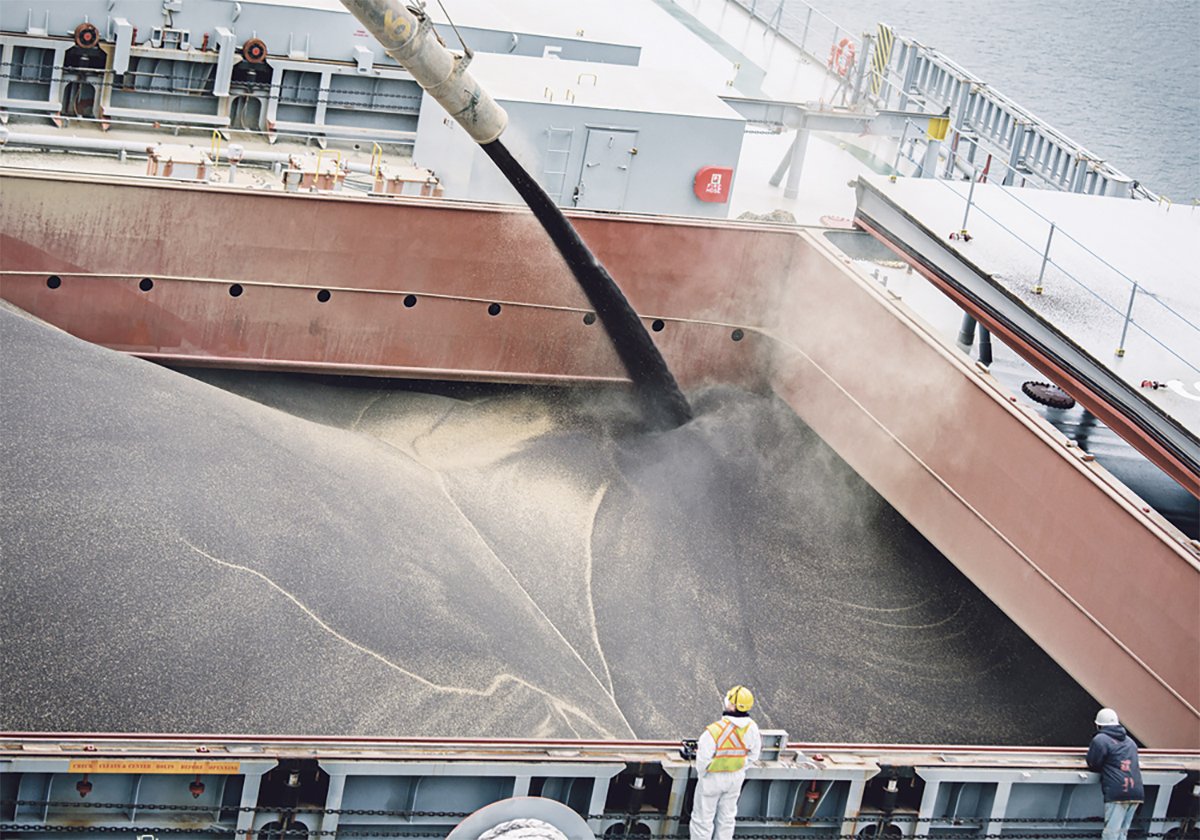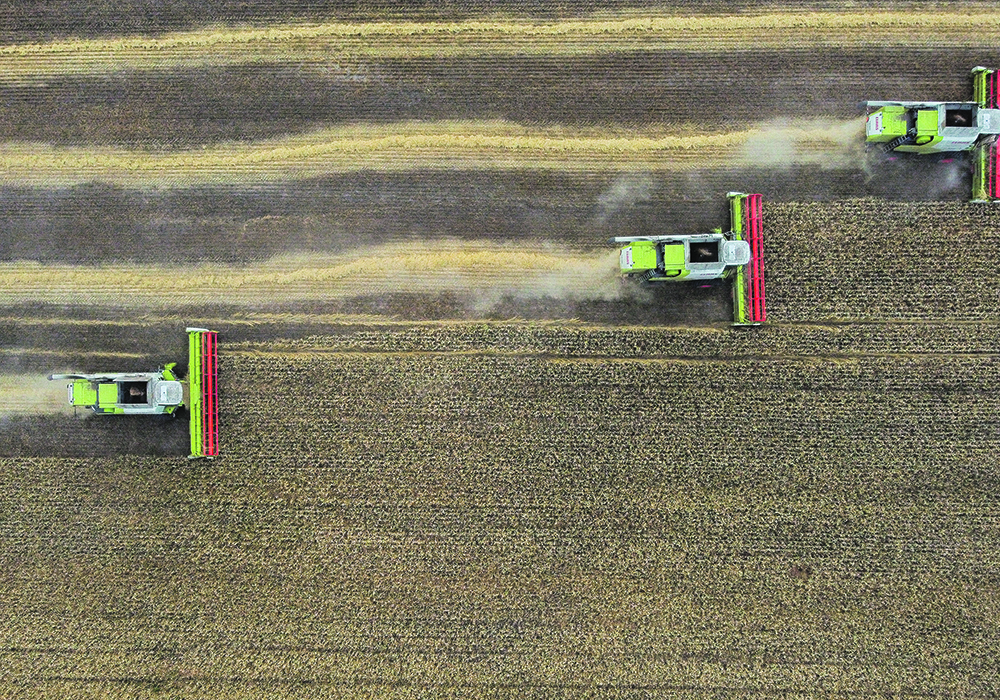Most market observers expect the country to harvest a significantly large crop, but Americans stick with smaller number
The U.S. Department of Agriculture is sticking with its Russia wheat forecast, which is far lower than the bin-buster others are projecting.
The USDA kept its number at 91 million tonnes in its October World Agricultural Supply and Demand Estimates report.
That estimate is at odds with official data from the Russian Ministry of Agriculture, which is reporting production of 101.8 million tonnes.
“The reported yields from MinAg would be about 10 percent higher than the previous record in 2017,” said the USDA.
“However, remote sensing indicators throughout the growing season, including the Normalized Difference Vegetation Index (NDVI) and the Vegetation Health Index (VHI), highlight above average condition but not record yields.”
Read Also

Exports off to a slow start after last year’s torrid pace
Canadian grain, oilseed and pulse exports are off to a slow start, but there are some bright spots, according to the Canadian Grain Commission’s most recent weekly export data report.
SovEcon analyst Andrey Sizov expected the USDA to raise its forecast “substantially” in the October report but that did not happen.
He believes Russian producers harvested 100 million tonnes of wheat, including 1.3 million tonnes in Crimea.
The USDA does not include Crimea in its estimate but that still leaves a huge discrepancy.
It is an important difference because world wheat stocks are tight among the eight top exporters of the commodity.
But they wouldn’t be nearly as snug if the USDA upped its Russia production number by 10 million tonnes.
“Exporter stocks are often evaluated as a measure of supplies available to the global market and are closely correlated with export prices,” stated the USDA.
It is forecasting exporter ending stocks of 55.7 million tonnes in 2022-23, the lowest level in a decade.
That is a big reason why wheat prices are staying at elevated levels, although down from the highs set earlier this year.
Neil Townsend, lead analyst with FarmLink Marketing Solutions, said his inclination is to side with the USDA over the Russian ministry of agriculture.
“They do a wonderful job. They are good people, and they don’t have a political bias,” he said.
Townsend noted that Russia uses bunker weight or the pre-cleaning weight of the grain, so its number should automatically be adjusted down five or six percent.
But that said, there are many analysts he knows and trusts who are also indicating that Russia’s crop is closer to 100 million tonnes than 90 million tonnes.
Townsend pointed out that while there are big discrepancies in production estimates, the export numbers are close.
For instance, the USDA is forecasting 42 million tonnes of exports while SovEcon is at 43.4 million tonnes.
What concerns Townsend is what could happen to the wheat market if there was a cessation of hostilities in the war in Ukraine and countries suddenly became more willing to do business with Russia.
“That could be very dampening to the world price regime,” he said.
“We could see a huge amount of Russian wheat going out.”
The U.S. is forecast to have the largest stocks among all major exporters. However, those stocks are projected to be at the lowest level since 2007-08.
“The tighter U.S. supply situation is reflected in the elevated prices for the United States compared to other major suppliers,” said the USDA.
The U.S. season-average farm price is forecast at US$9.20 per bushel, which would shatter the previous record of $7.77 established in 2012-13.


















